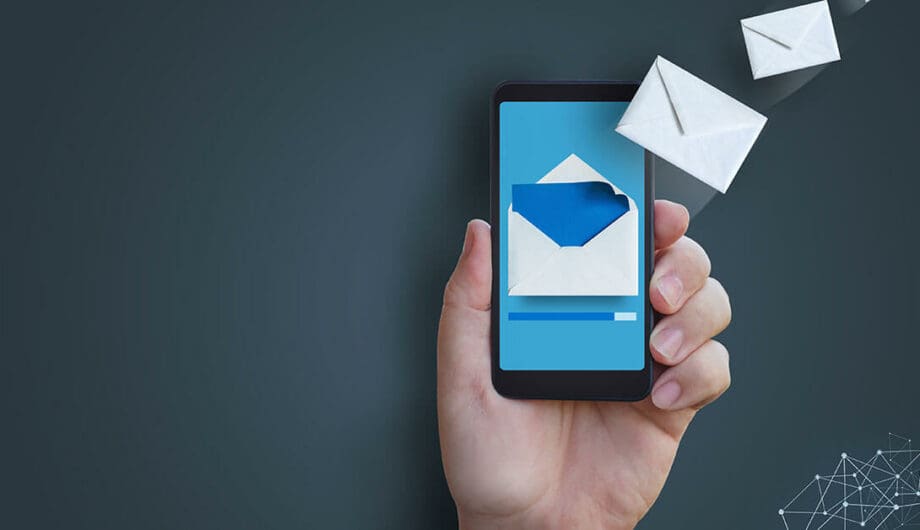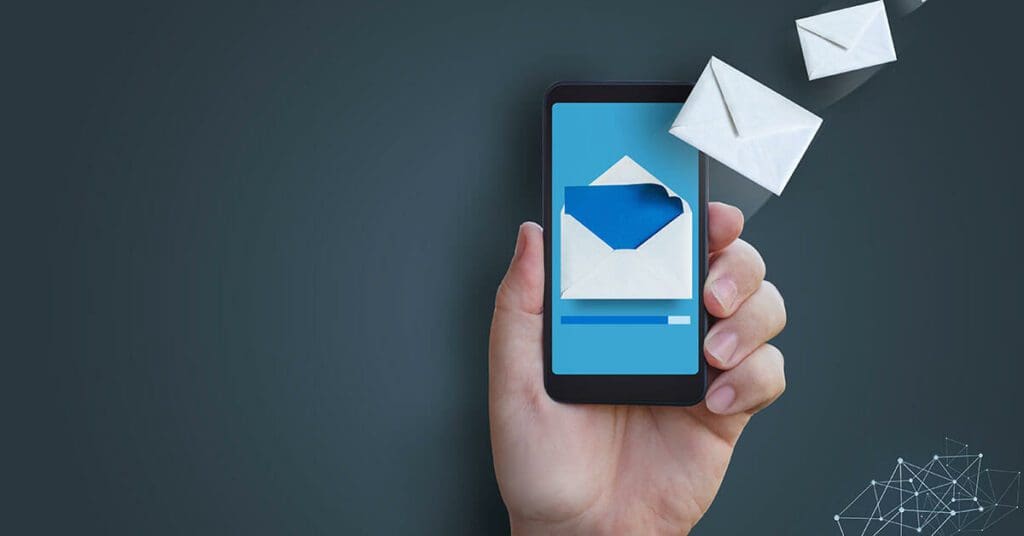
Do you send out an email newsletter? Do you do it frequently? What’s your goal with it? Do you have one? Have you thought about it. You should.
The reason people send you email newsletters is because they work. But they only work if you put in the effort first. The goal of any newsletter is to give subscribers updates on your business or organization, what’s going on, what’s new, what’s changed, etc. Furthermore, it’s a connection between your and your customer. It’s like a little reminder that you still exist, you’re still there for them.
But there ways to do it well and ways to not do it well, so I have some tips for you to take to get your email newsletters working for you.
Write in Plain Text
This one is “ripped from the headlines.” I got a newsletter from an organization that plans races in the area. The newsletter had one giant image. No text. No small images. The entire email was one giant image.
All the text they were communicating was in that image. Along with all the graphics. All the important dates were also embedded in this graphic.
This is bad for a number of reasons. The biggest reason this is a bad idea is because it becomes unreadable for a large portion of readers. Any subscriber who has visual problems or maybe uses a screen reader, they won’t have any idea what is in that email.
Furthermore, if you are reading your email on a phone, and A LOT of people will be doing that, then that image gets squished down to phone size and becomes unreadable without a magnifying glass.

If people can’t read your email newsletter easily, guess what? They just won’t read it.
Oh, and that one giant image? It was 2MB in size. So anyone checking their email on their phone with poor service, it’s going to take a while to load that image that they then can’t read.
One final note, if you are sending just one image and nothing else, that’s a red flag for the spam filters.
There’s nothing at all wrong with plain text emails. They are easy to read, are much, much less likely to get tossed into the spam filters, and work well on all devices. Don’t fear plain text emails!
You don’t need to include all your social channels
When you are logged into MailChimp or Constant Contact or whatever, you have options to include all your social links at the bottom. But the truth is that’s mostly a waste of time. Nobody clicks on those. Look at your reports from your last send if you doubt me. Nobody is clicking on those.
Why? Because if they like you, they probably already follow you on social media OR they signed up for your newsletter so they can get the info in their email and don’t need to follow you.
And adding a bunch of links to your newsletter is more likely to get caught up in spam filters too. If your newsletter lands in spam, it’s not getting read.
Put your most important stuff at the top
There’s a really good chance that most of your readers aren’t going to read your entire email newsletter. So put the stuff you really want them to read right at the top.
I know you want them to read it all. But they probably won’t. So put the good stuff where it belongs.
Don’t put too much
This goes along with putting the important stuff at the top, you also don’t need to put so much in your newsletters. One of the biggest mistakes people make with email campaigns is putting way too much stuff in their newsletter. Pick the best, most interesting things to share.
Create a great subject line
Your subject line can make or break whether your subscribers open your email. A newsletter titles, “News for 11/18/2019” is not super interesting. Here are some tips to get a better subject line:
- Don’t make it too long, but don’t make it too short. Most subject lines should be between six and 10 words. Remember, on mobile that subject line will be truncates, so make sure you keep it condensed enough to fit.
- Stop it with all the emojis 🙂 and exclamation marks!! If your company isn’t selling toys or marketing to kids, you don’t need to do any of that and it can turn off your readers.
- Be concise. What is your email about it? Why should they open it? Those are the two questions you need to ask yourself.
- Don’t use the word ‘newsletter’ in the subject.
- Vary your subject by email segment. If you aren’t segmenting your newsletter (a topic for another day) then you are missing great opportunities to change up your subject and content for various audiences.
Personalize
And I don’t mean just putting “Dear John,” in the beginning. Everyone knows your newsletter program is just inserting their name. What I mean is, tell a personal story about you. Write from a first person narrative. People want to buy from people, not from robots. If they feel like that you’re a human who cares about their needs, they are more likely to read your newsletter.
Plus, it’s just more compelling to read!
Be Consistent
Don’t write one newsletter then drop off the face of the Earth for a year. Create a strategy to send out content with regularity. Your subscribers need to hear from you more than once in a blue moon.
I’ve got one word for you, and that word is: Hey
A recent study found that the most responded to email newsletters didn’t start with the subscribers name or other intro like Dear Friend, but a single word: Hey.
This may not be ideal for your or your business. Always these tips and tricks come with a grain of salt. Consider whether you think anything here is appropriate. However, if you want your email marketing campaign to work for you, then you’ll have to put some work into your email newsletter.
Amy Masson
Amy is the co-owner, developer, and website strategist for Sumy Designs. She's been making websites with WordPress since 2006 and is passionate about making sure websites are as functional as they are beautiful.
